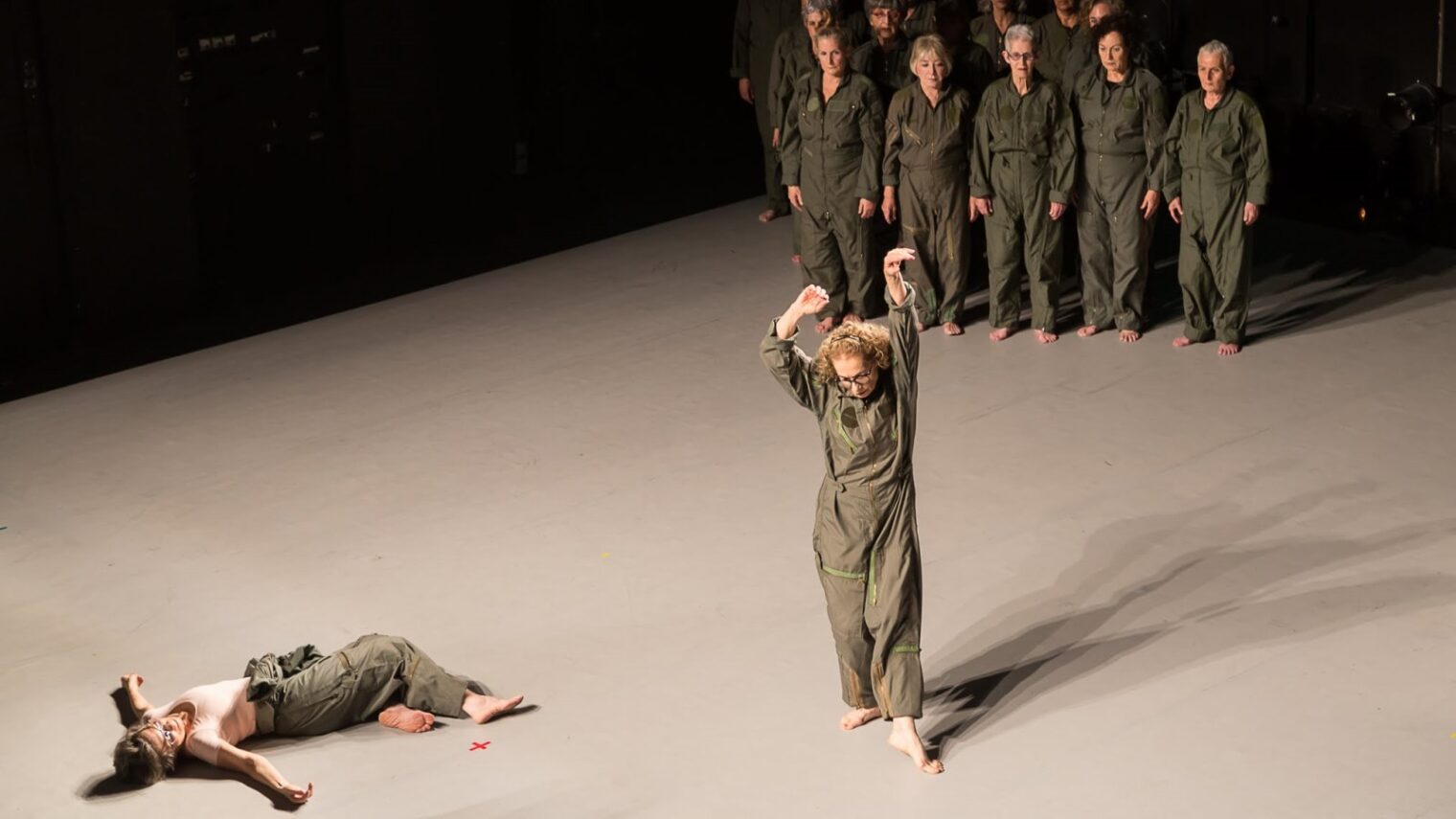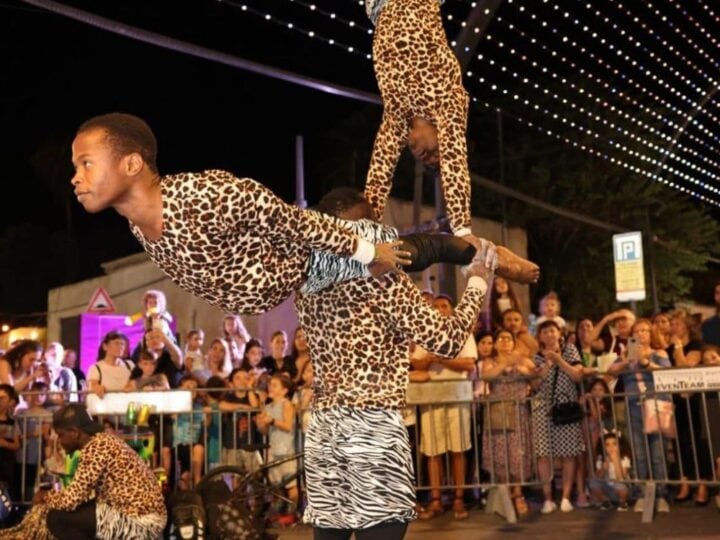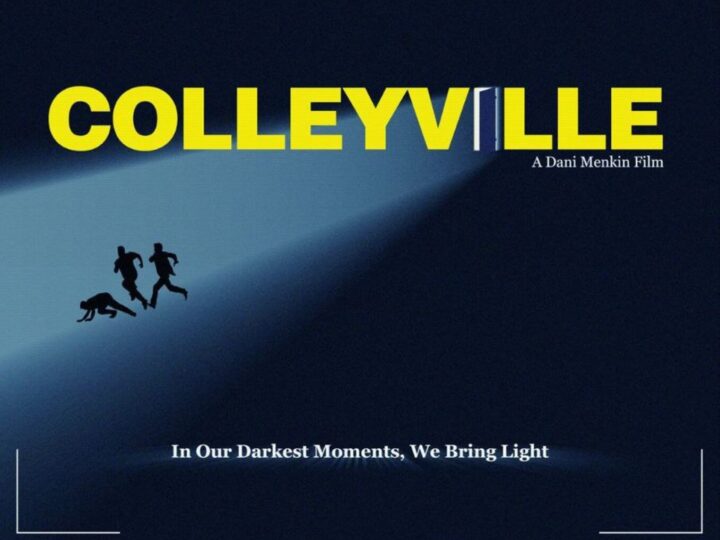The lights are dimmed, the audience is silent and on stage pairs of dancers hold each other in breathtaking form. The dancers move across the stage striking one magnificent pose after the other.
These aren’t just any dancers – their average age is 70 to 75 years old (the oldest is 83), and they’re performing in an innovative show celebrating older women and their bodies.
The show, called “GO,” is celebrating its first year’s run at the Suzanne Dellal Center, Israel’s mecca of dance in Tel Aviv. How did a group of older non-dancers end up gracing this famous stage?
The performance is the brainchild of choreographer Galit Liss, who 10 years ago began running workshops for older, non-dancer women to explore a different aspect of dance. She has since worked with more than 500 women aged 60 to 83 and has developed a unique dance methodology.
“I wanted to create a manifesto,” she says. “Social perceptions of old age are very fixed. And I wanted to show it can also be otherwise.”
“We as a society are still caught in a stereotype in the way we accept the older person,” she says. “We exclude the older person from productive life.”
“There’s also an artistic motive here. As an artist I’m very interested in working with bodies that aren’t skilled,” Liss adds. “That way I can explore humanity, not necessarily from a perfect place.”

Going against societal norms
Most women who join her workshop, Liss says, were interested in dance at a younger age but gave up their passion because of social and familial expectations.
“This time round they’re managing their own lives,” she says. “They’re going against their parents and against social norms.”
This is definitely the case for 64-year-old Orit Gross, one of the lead dancers in the show.
“I danced as a girl. I really loved dancing. Toward high school, when I wanted more, the message at home was that it wasn’t a done thing,” she says.
On stage, at the show, she goes even further, reminiscing being told that “being a dancer is being a whore.”
Such short personal memories accompany the dancing in the show. Some of the women talk about their memories of dancing with long-deceased parents, others of waltzing solo around the living room. Yet a common thread is the fact that as young women they were told that dance wasn’t for them.

Accepting limitations
Gross only started dancing again in the past decade.
“I think that this whole time I was looking for a place where I could dance, express myself, search for the dance inside of me,” she says. But she went into it with eyes wide open, she adds.
“I had no intention of going back to dancing as if 30 or 40 years hadn’t passed,” she says. “It’s a different place that accepts the fact that the body isn’t a 20-year-old body anymore, but that it also has other good things.”
“GO” certainly takes that into account. The movements are often soft, kneepads are an accessory and no one performs more than she feels able to.
“There’s a restriction that’s objective – our physicality, where we’re at,” says Liss. “We search for a way to say ‘yes,’ not ‘no.’ A restriction actually becomes a way to leverage the language of movement.”
There are also subjective restrictions.
“First of all, there’s this barrier in reaching the workshop,” she says. “When she [an older woman] enters the studio there’s this fear of ‘What am I doing with this body?’
“With regard to the performance, older women are sometimes scared and feel uncomfortable to go onstage with a certain movement,” Liss adds. “It’s really beautiful to see the connection between the fears that manage us and what happens when I put the fear aside. That happens through the body.”
This is something Gross relates to. “The thought of it might be frightening at first, but also exciting. It’s a new experience and we’re not pros, yet we’ve been performing at Suzanne Dellal for the past year. We do it each time anew,” she says.
A human connection
Liss says she finds the audience’s reactions touching. “There’s a human, emotional connection, and each person takes it to their own place.”
On the night ISRAEL21c saw the performance, not only did the dancers get a standing ovation, but soon questions came pouring in on how to join the cast.
One older man in the audience asked Liss to make an exception and take him on despite his gender, but Liss said she’ll be sticking with women.
Asked what she’d like the audience to take from the show, Liss answers that “they should ask that question of whether social constructs manage me, or how attentive I am to my wishes and how I express them in the here and now.”
Gross agrees.
“I would like and wish for every person to leave with a ‘GO’ of their own,” she says. “For everyone to find their place to express themselves.”
For more information, click here

















